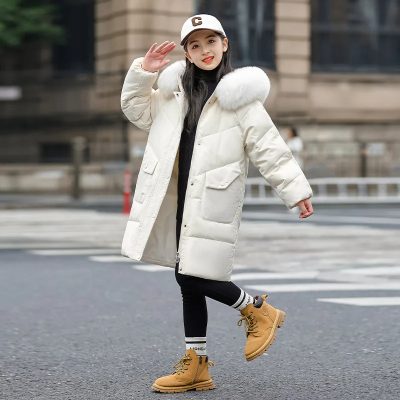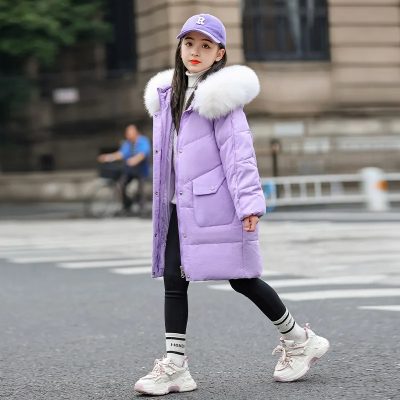Introduction: As winter settles in and temperatures drop, ensuring your children stay warm during outdoor activities becomes a top priority. One of the key elements in keeping them cozy is insulation, and when it comes to winter wear, puffer jackets reign supreme. In this article, we’ll delve into the world of insulation, uncovering the benefits it offers in kids’ puffer jackets.
Understanding Insulation: Insulation is the magic ingredient that traps heat and keeps your child warm when temperatures plummet. In puffer jackets, insulation is typically found sandwiched between the inner and outer layers, creating a barrier against the cold. The most common insulation materials used in kids’ puffer jackets are down and synthetic fibers, each offering unique advantages.
The Warmth of Down: Down insulation, sourced from the soft under feathers of ducks and geese, is renowned for its exceptional warmth-to-weight ratio. It provides lofty, lightweight insulation that effectively traps body heat, keeping your child snug without weighing them down. Down jackets also offer excellent breathability, preventing overheating during active play.
Synthetic Insulation for Versatility: Synthetic insulation, made from polyester fibers, is a popular alternative to down for kids’ puffer jackets. While it may not match the warmth-to-weight ratio of down, synthetic insulation excels in wet conditions. Unlike down, which loses its insulating properties when wet, synthetic insulation retains its warmth even when damp, making it ideal for rainy or snowy climates.
Durability and Maintenance: In addition to providing warmth, insulation plays a crucial role in the durability and maintenance of kids’ puffer jackets. Down insulation is known for its resilience and longevity, maintaining its loft and insulation properties over time. However, down jackets require special care to prevent clumping and ensure even distribution of insulation. On the other hand, synthetic insulation is more forgiving and easier to maintain, making it a practical choice for busy parents.
Versatility and Performance: The type of insulation in a kids’ puffer jacket can significantly impact its versatility and performance in different weather conditions. Down jackets excel in cold, dry climates, providing superior warmth without bulk. They are perfect for activities like skiing, snowboarding, and hiking in frosty conditions. Meanwhile, synthetic jackets are better suited for wet or variable weather, offering reliable warmth and protection against rain or snow.
Considerations for Choosing Insulation: When selecting a kids’ puffer jacket, it’s essential to consider factors such as your child’s activities, climate, and personal preferences. Down jackets are ideal for dry, cold conditions and offer unmatched warmth and breathability. However, if you anticipate wet weather or prefer a low-maintenance option, a jacket with synthetic insulation may be more suitable.
Conclusion: In conclusion, insulation is a crucial component of kids’ puffer jackets, providing the warmth and protection needed to brave the winter chill. Whether you opt for the lightweight loft of down or the moisture-resistant properties of synthetic fibers, choosing the right insulation ensures your child stays cozy and comfortable during outdoor adventures. So, explore the benefits of insulation and find the perfect puffer jacket to keep your little ones warm all winter long.







